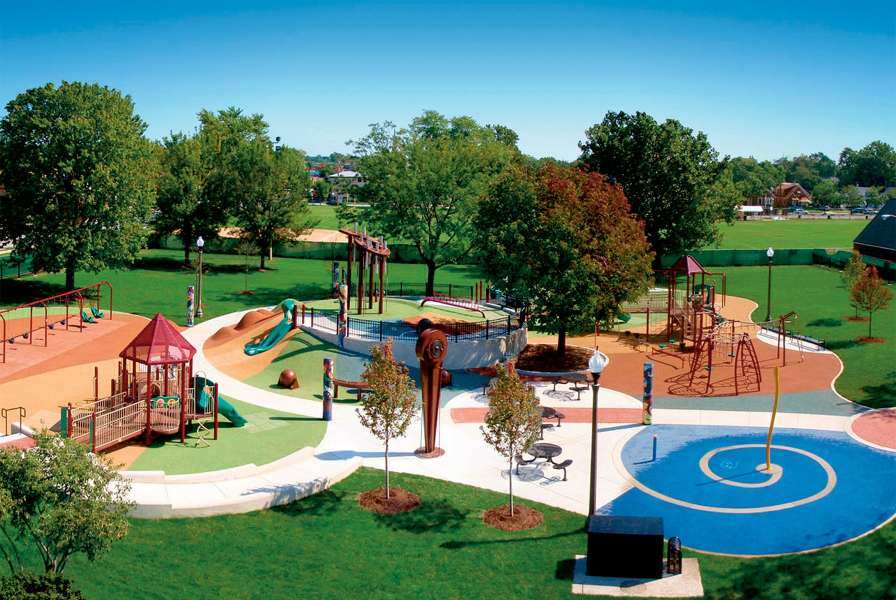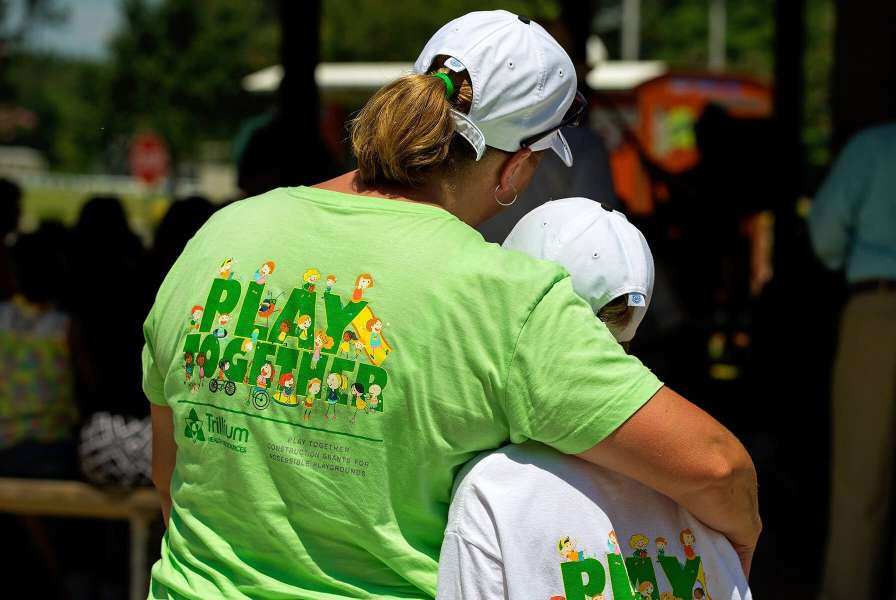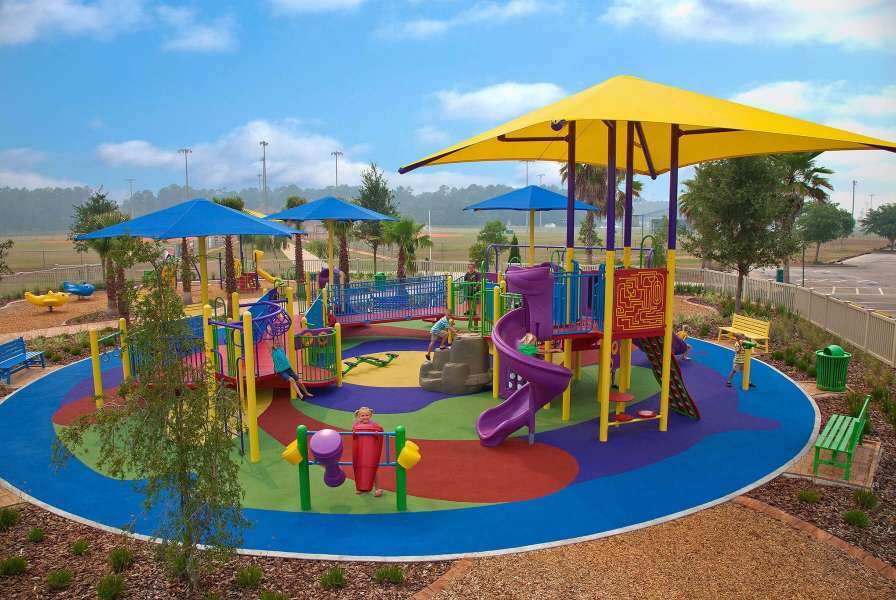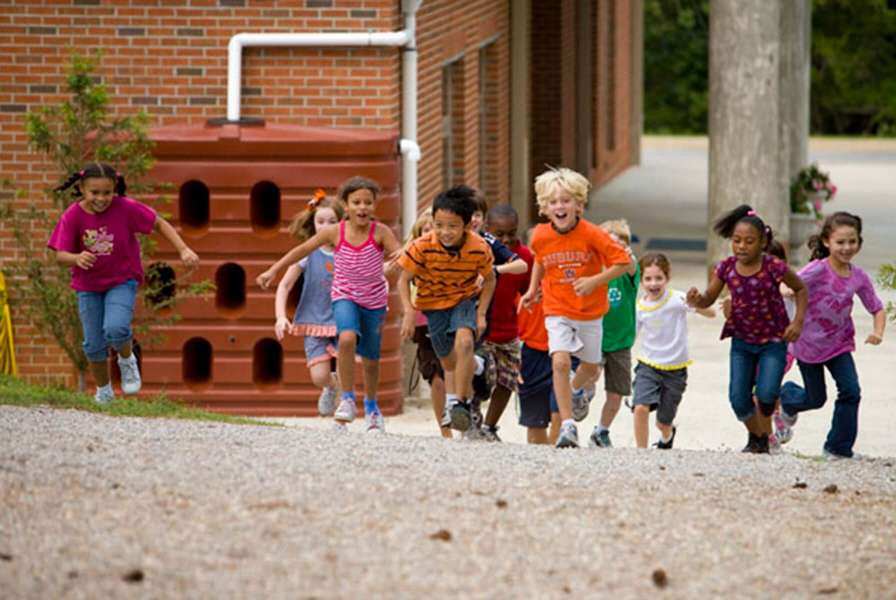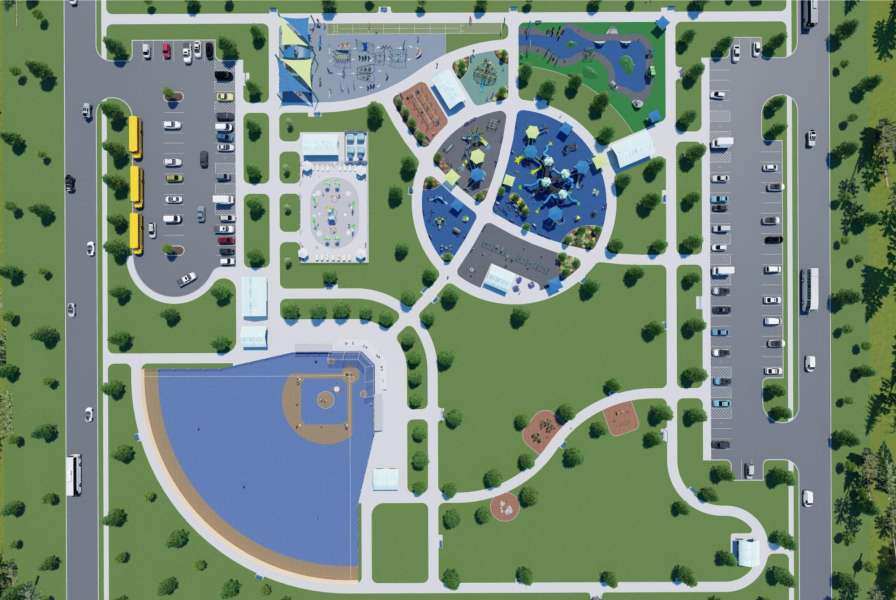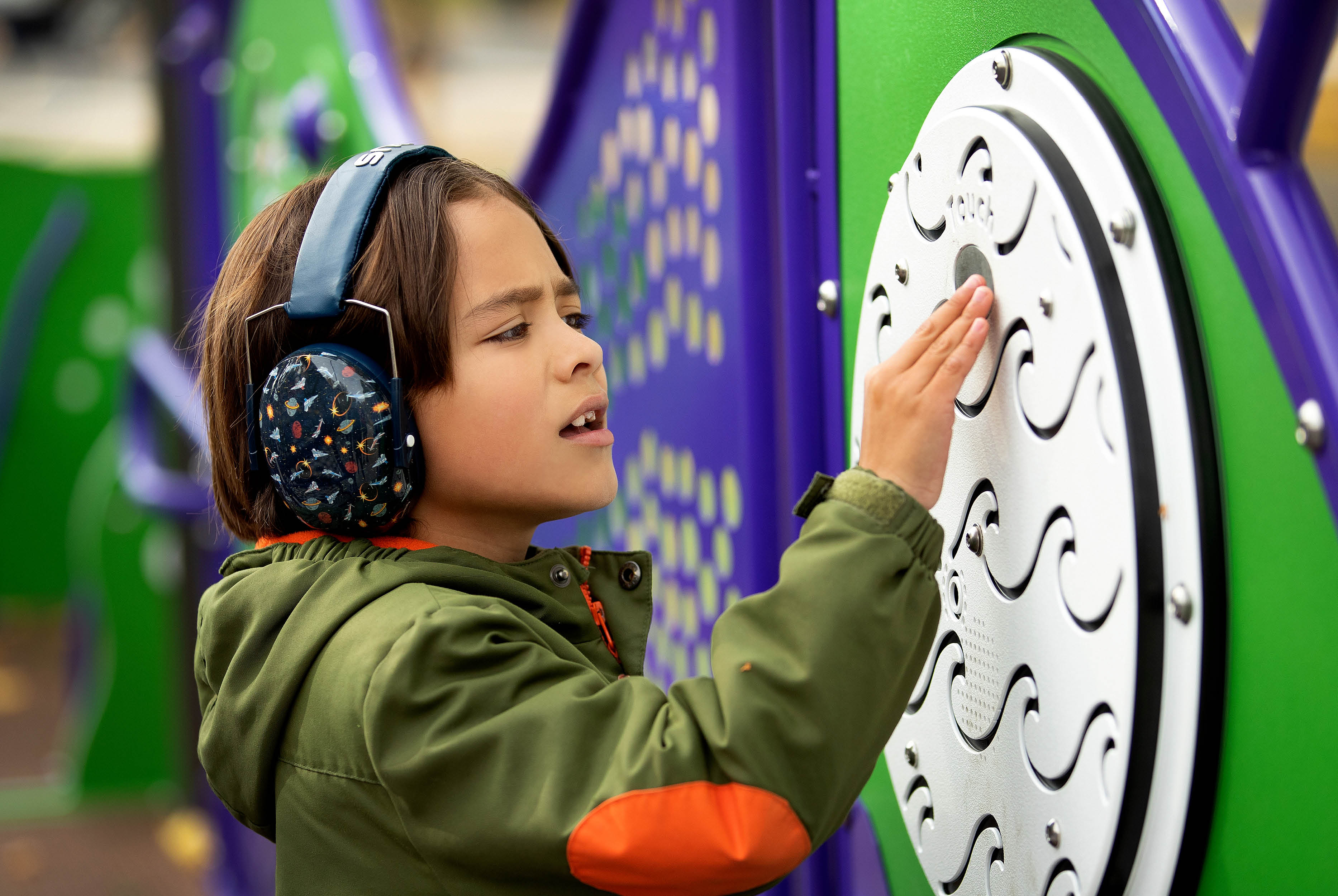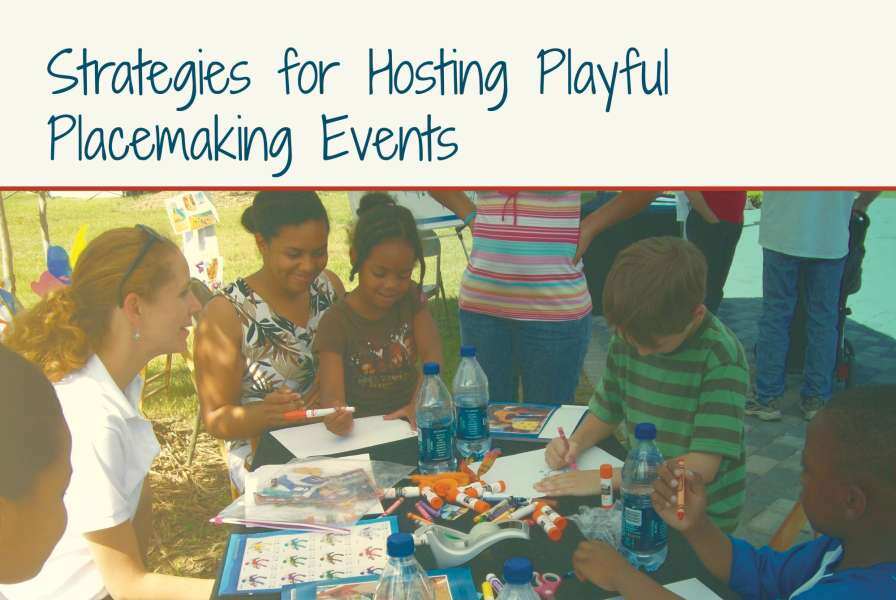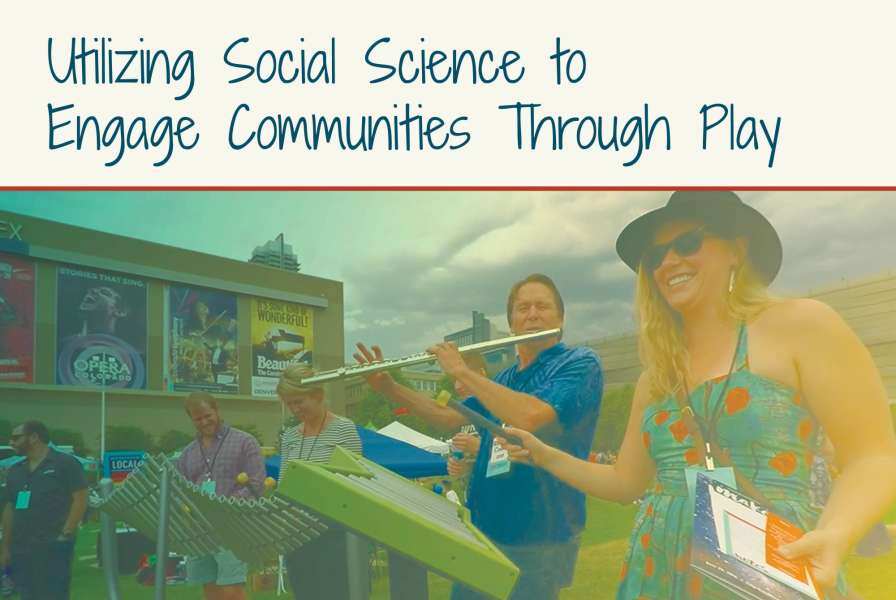Naturalizing play environments can be a meaningful way of sustaining resources, engaging community volunteers, activating new community partnerships, and increasing the overall play value of the site for the community. The process can vary in project scope. It may entail starting from scratch, replacing old play equipment and safety surfaces, or working with an existing installation. It can be implemented at different levels of investment and/or in phases as available resources dictate.
Successful implementation involves a step-by-step process, usually driven by a community-appointed design committee or task force that offers multidisciplinary expertise for planning, designing, advocating, executing, sustaining, and funding the project. Steps include:
Appoint a playground or retrofit development task force for playground design.
Stakeholders may include local chapters of national environmental organizations and/or professional design organizations.
Develop the playground design program.
Consider the needs of your local schools, community activities, and recreation groups. Seek sources of potential program funding and if necessary modify the design to accommodate such prospects.
Create a playground master plan.
- Seek assistance from NatureGrounds® field representatives to guide discussion and decisions about project priorities and cost tradeoffs.
Define a budget.
Define the scope to complete the project in phases, if required because of budget limitations.
- Create a project budget and solicit funding partners.
- Consider price points, phases, and overtime plan.
- Create a contingency plan.
Develop the playground layout and define the use areas.
Propose locations of equipment items, planting, and site features in relation to each other. If necessary, consult with a landscape architect/designer or landscape contractor.
Select play equipment.
For new construction, decide which equipment will best fit user needs within the available budget.
Develop a playground stormwater management design.
Assess the site using available stormwater management criteria. If necessary, consult with a landscape designer/architect or civil engineer working with officials of the parks or school system and coordinate with installation of new equipment components.
Create a playground planting design.
Confirm locations where shade trees, shrubs, vines, groundcovers, and perennial plants will be installed. For shade trees, choose locations as close as possible to the use zone, particularly on the south side of pathways and equipment to provide shade.
Select plants.
- Choose drought-tolerant, deer-resistant plants that are hardy in the playground site hardiness zone for your region.
- Choose native species if possible or species that are adapted to the region and have an established reputation for hardiness.
- Avoid invasive species introduced from other geographic areas, to prevent aggressive competition with native species.
- Choose plants with healthy, full, well-shaped root systems.
- Choose fully branched plants with evidence of vigorous growth and dense foliage.
- Browse our plant database for ideas of plants by play value.
Decide form of irrigation.
Depending on regional location, decide whether or not automated irrigation is required, and if so, appoint an irrigation consultant to work with the committee to determine the type of system and costs.
Choose site furnishings.
Consider locations of trash receptacles, seating, shading, and other site furnishings to provide users with comfortable areas to socialize and gather. For retrofits, consider which site furnishings need to be replaced or added and how they can be combined with pockets of plantings.
Consider additional components.
- Additional seating installed close to the north side of shade trees.
- Pathways installed around the equipment use areas, leaving space for vegetated buffers, connected with the main pathway linking to the park entry.
- Additional trees, shrubs, and perennial flowering plants as planting pockets throughout the play environment.
Develop a demolition plan.
For retrofit projects, request a written report by qualified inspectors to be reviewed and discussed by the playground design committee or task force. Decide which items of equipment and features are to be removed, modified, replaced, or added.
